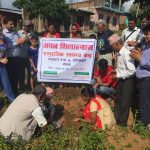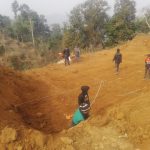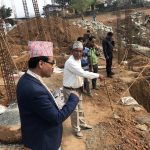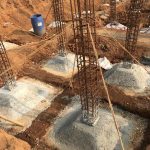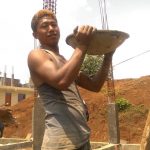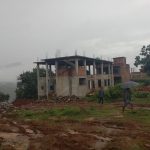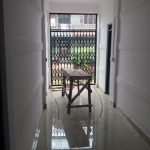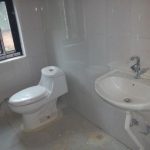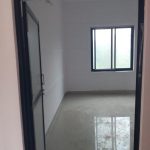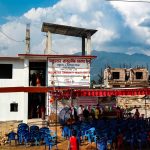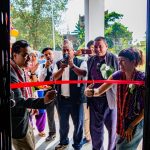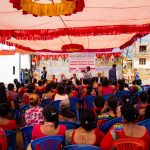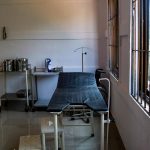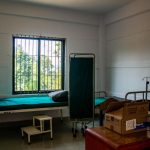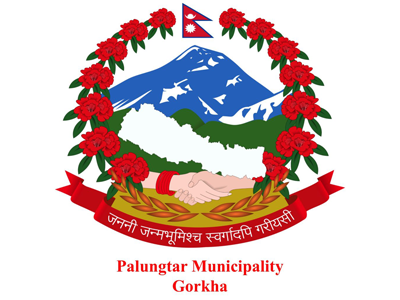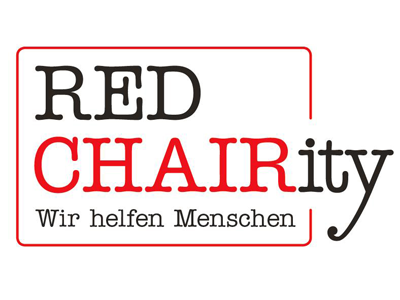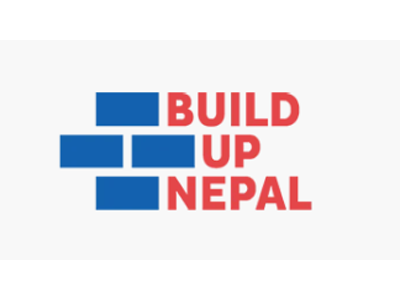Thantipokhari, Gorkha
PALUNGTAR COMMUNITY HEALTH CENTER
Construction of a Health Post & Birthing Center

Place
Thantipokhari,
Ward-5,
Palungtar Municipality,
District Gorkha

Who
Implementation: Chay Ya Nepal, Training by Build Up Nepal, Palungtar Municipality, voluntary work contribution by the local community

Partners
Chay Ya Austria,
Red Chairity,
Land Vorarlberg

When
2017 - 2019

For
38,000 people from 35 mountain communities

Status
Completed and in operation
Project
Palungtar Municipality has a total population of over 38,000, but until 2017 there was only one tiny maternity ward with a single nurse in the entire district. As a result, women in the 35 associated mountain villages mostly had their babies at home without professional assistance. Even the women who were able to give birth in the maternity ward had to return home immediately after the birth due to the lack of space or, in special cases, could only sleep in the open and very dirty waiting area. The wealthier women therefore gave birth in the nearest large city of Gorkha, but the majority of the local population could not afford it.
In general, over 40 percent of all women in Nepal did not receive adequate medical care during pregnancy and childbirth, and as a result suffered lifelong consequences such as chronic anemia, obstetric fistula, uterine prolapse (sometimes to the point of discharge), and genital and urinary tract infections. Between 1999 and 2006, one in five women between the ages of 15 and 49 died during pregnancy or childbirth, or related complications (Nepal Demographic and Health Survey 2011). Women and girls from financially weak or socially discriminated minorities in the mountainous regions were especially affected.
In Palungtar, more than 60% of the population belong to socially vulnerable or ethnically discriminated groups, such as Dalits (untouchables) or Janajatis from Tibetan-origins. The number of unreported home births is difficult to estimate, but over 100 births alone were registered in the small maternity ward each year. Chay Ya, with the support of the local government and community, therefore wanted to build a maternity ward where mothers and children could receive optimal care in order to reduce the mother-child mortality rate. In addition, chronic birth-related diseases such as uterine prolapse or genital infections will be prevented by allowing patients to stay for several days after giving birth. Prenatal and postnatal care, vaccinations and hygiene workshops are also part of the birth clinic’s mission.
In December 2017, the public ceremony to lay the foundation stone took place after all permits and contracts were signed. Over the winter, the foundation was excavated, and the purchase and transportation of construction materials began. Metal cages to reinforce the slope were erected and filled with stones. By May 2018, foundation laying was completed and a concrete water tank for the health center was finished.
Concrete and iron support pillars were then erected, and the floors and ceilings were filled with concrete. In the winter of 2018, construction of the walls with the selfmade earth bricks could begin and the staircase from the ground floor to the first floor was completed. By August 2019, the ground floor of the health post, including sanitary facilities, was completed and ready for commissioning!
In October 2019, the new birth and health center was finally opened with the enthusiastic participation of many women. The project was received with such enthusiasm by the population that it was expanded by an entire additional floor at the expense of the municipality. It includes an emergency ward, a general ward with five beds, a maternity ward with two beds, a pharmacy and sanitary facilities, and is staffed by five employees. We are very pleased to be able to contribute to primary health care and the empowerment of women in the region. As with all our projects, all follow-up costs (such as salaries and medicines) are of course covered by the Nepalese government.



